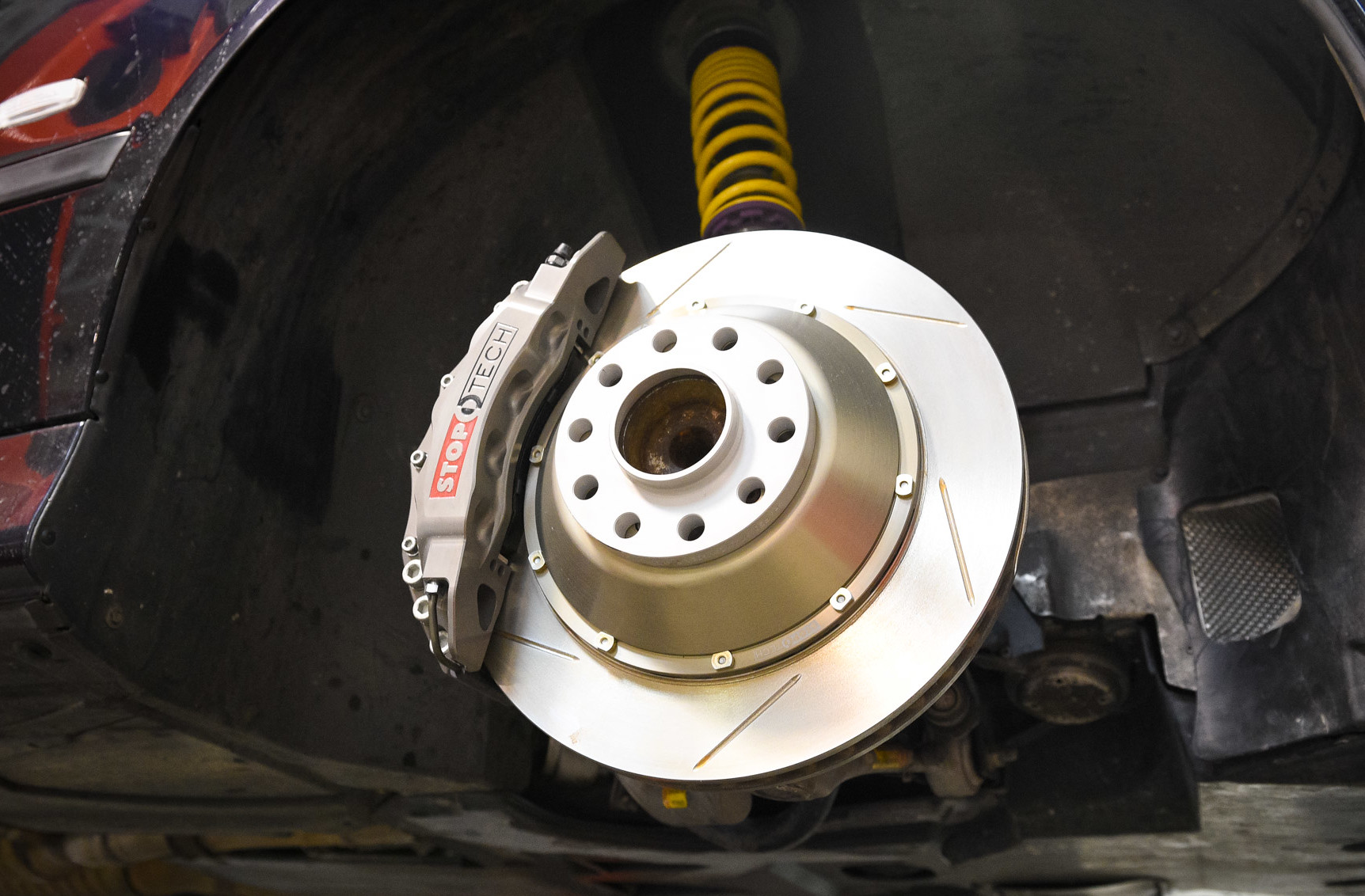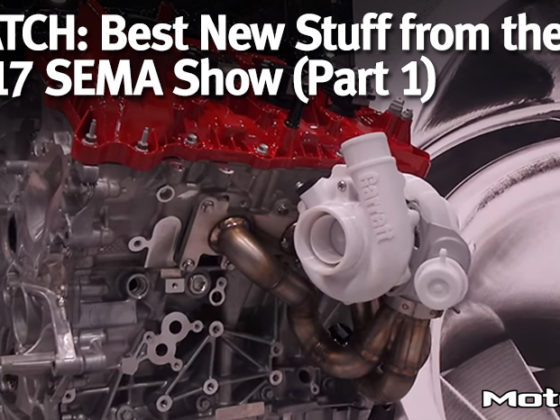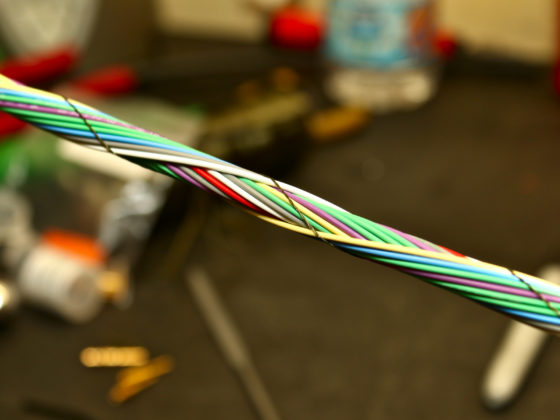,

The hat of the AeroRotor allows for free airflow between the hat and the rotor with vane shaped passages to help pump air in-between the rotor and hat. This helps keep heat out of the hub and bearing system.
Inconel cone washers under the bolt heads act like a spring locator to prevent the rotors from making noise, important on a street car. When allowed to float, the rotors stay flat and braking forces are applied more evenly and with greater force. The brake parts wear better and last longer. The rotors also center better in the caliper and are less likely to create piston knock back. Which is when the rotor knocks the pads back into the caliper, pushig the caliper pistons in and creating a temporary long pedal.
The hat is hard anodized for wear resistance where the rotor floats against it and for corrosion resistance. The vanes of the rotors themselves have been designed to optimize airflow and pumping efficiency using CFD (computational fluid dynamics) while not sacrificing stiffness for a consistent pedal.

The rear brakes are similar to the front in rotor size, but use a smaller Trophy ST40 4-piston caliper.

Like the front ST60, the ST40 caliper is machined from a 6061 aluminum forging, then CNC machined for lightness and then hard anodized.

The rear caliper has the same features as the front like the stainless abutments and the high-temperature seals. StopTech’s abutments put spring tension on the brake pad ears which help prevent brake squeal. The ST40 caliper has a stiffening bridge just like the front calipers.

The rear rotors are 2-piece like the front and share the same technical features. Just like the fronts they are 355mm in diameter and 32mm thick. The stock rear rotors measure in at 328mm in diameter and are 20mm thick. The rear rotor diameter difference over stock (28mm) is much larger than the diameter difference of the front rotors (10mm). The rear StopTech AeroRotors are also 12mm thicker, while the front rotors retained the same thickness as the stock rotors. This yielded us a 4.5 pound weight gain over the stock rear rotors.
Related








